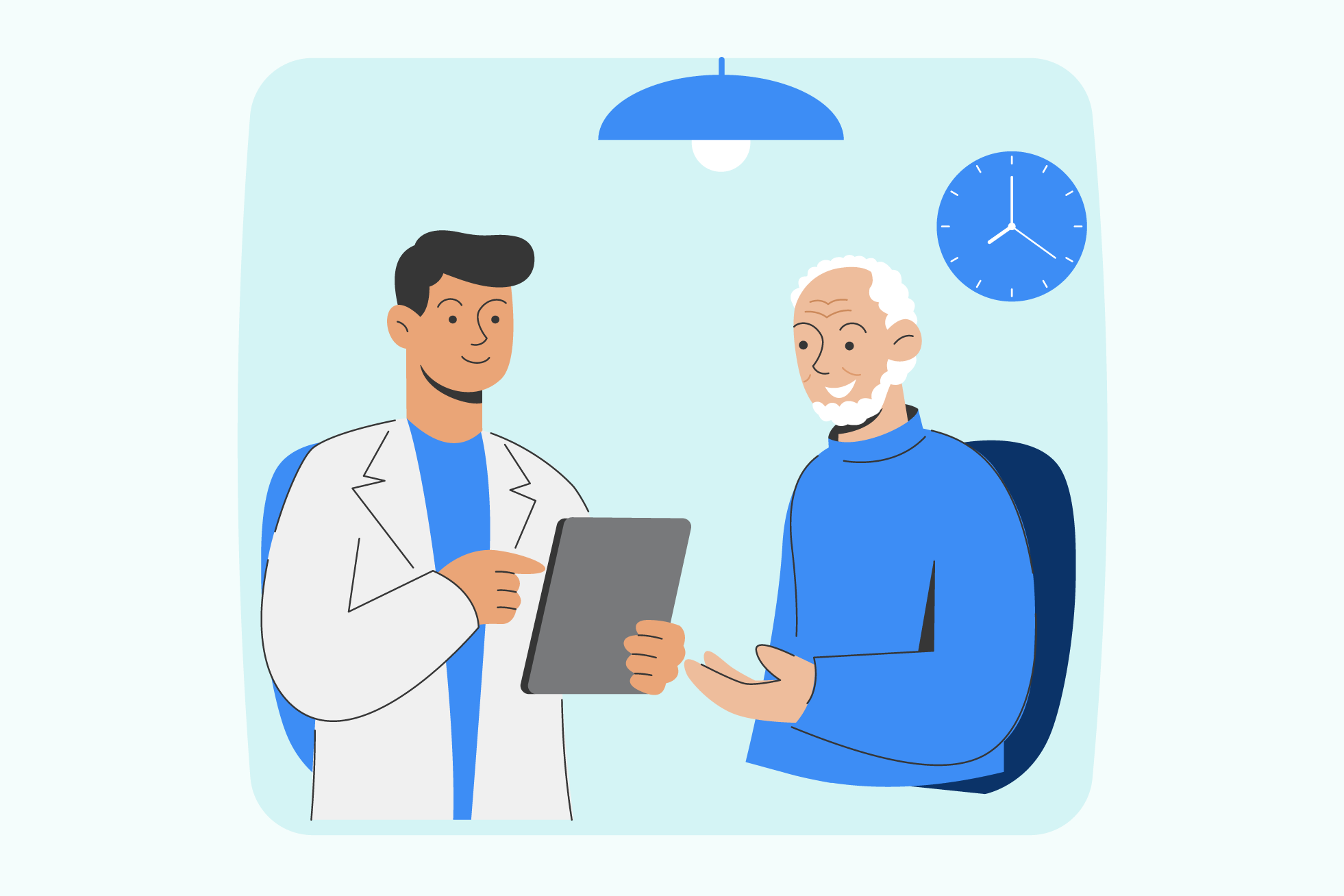How AI Scribes Enhance Patient-Provider Communication and Care Quality

How AI Scribes Improve Patient-Provider Communication
Reducing Administrative Burden on Healthcare Providers
AI scribes significantly reduce the administrative burden on healthcare providers by automating documentation tasks, allowing doctors and nurses to focus more on patient care rather than paperwork. These AI tools can listen to patient interactions and automatically generate detailed notes in real time, eliminating the need for manual transcription. By handling time-consuming tasks like writing patient histories, updating electronic health records (EHRs), and summarizing patient encounters, AI scribes save valuable time for providers. This reduction in administrative duties not only increases efficiency but also reduces provider burnout, contributing to a more attentive and engaged patient-provider interaction.
Enhancing Real-Time Interaction with Patients
With AI scribes handling documentation, healthcare providers can engage more fully with their patients, leading to better real-time interactions. Without the distraction of taking notes, providers can maintain eye contact, listen actively, and respond more empathetically to patient concerns. For example, a clinic that implemented AI scribes reported that their doctors could dedicate more time to listening and explaining treatment options, resulting in higher patient satisfaction scores. By freeing providers from the need to multitask, AI scribes help create a more patient-centered experience, fostering trust and improving the overall quality of care delivered during each consultation.
Supporting Clearer and More Accurate Communication
AI scribes support clearer and more accurate communication by ensuring that all medical documentation is precise and error-free. These technologies use advanced algorithms to capture the details of patient-provider interactions accurately, reducing the risk of errors that can occur with manual documentation. Clear and accurate records are crucial for effective ongoing patient care, as they provide a reliable reference for follow-up visits and treatment decisions. Additionally, well-documented patient notes can improve communication among healthcare teams, ensuring everyone involved in a patient's care is on the same page and reducing the likelihood of miscommunication or medical errors.
Improving Care Quality Through Enhanced Documentation
Benefits of Accurate and Comprehensive Documentation
- Provides a Detailed Account of a Patient’s Medical History: Accurate documentation ensures that all relevant information about a patient’s medical history, symptoms, and treatment plans is recorded, allowing for a thorough understanding of the patient's health over time.
- Supports Better Diagnosis and Treatment: Comprehensive records give healthcare providers the information needed to make informed decisions, helping to identify patterns in symptoms that may indicate chronic conditions or other health issues.
- Improves Patient Outcomes: Detailed and precise documentation enables more personalized care plans, ensuring that treatments are tailored to the individual needs of the patient, which can lead to better overall health outcomes.
- Ensures Consideration of All Health Aspects: By capturing all aspects of a patient’s health, accurate documentation ensures that no important details are overlooked in the diagnosis and treatment process, enhancing the quality of care provided.
Reducing Medical Errors and Miscommunications
AI scribes play a crucial role in reducing medical errors and miscommunications by minimizing documentation inconsistencies. Unlike human scribes, AI scribes do not suffer from fatigue or distraction, which often leads to errors in manual documentation. By ensuring that all patient interactions are recorded accurately and consistently, AI scribes help prevent misunderstandings that could result in incorrect treatments or diagnoses. Clear documentation also acts as a safeguard against errors by providing a reliable reference that healthcare providers can consult. This accuracy is vital in preventing medical errors that could compromise patient safety and care quality.
Facilitating Continuity of Care Across Teams
AI-generated notes significantly improve the continuity of care across healthcare teams by ensuring that all providers have access to the same accurate and up-to-date information. This consistency in documentation allows different members of a healthcare team to easily understand a patient’s history and current treatment plan, reducing the chances of redundant tests or conflicting treatments. For instance, seamless care transitions are facilitated when a patient moves from a primary care provider to a specialist, as AI-generated documentation provides a clear, comprehensive record that all practitioners can reference. This continuity enhances patient safety, coordination, and the overall quality of care provided.
What are AI scribes, and how do they work?
AI scribes are advanced tools that use natural language processing (NLP) to automatically transcribe and document medical encounters in real time. By listening to the conversations between healthcare providers and patients, AI scribes convert spoken language into written records, which are then integrated into electronic health records (EHRs). This technology reduces the administrative workload for healthcare providers, enabling them to focus more on delivering patient care rather than on time-consuming documentation tasks.
Can AI scribes improve patient satisfaction?
Yes, AI scribes can significantly improve patient satisfaction. By handling documentation tasks, AI scribes allow healthcare providers to dedicate more time to interacting directly with patients. This leads to more engaged and focused communication, fostering a better patient-provider relationship. Enhanced interaction and personalized attention contribute to increased trust and satisfaction among patients, as they feel more valued and heard during their visits.
data-handling
While privacy concerns are valid, most AI scribe technologies adhere to stringent data security regulations, including HIPAA (Health Insurance Portability and Accountability Act), to safeguard patient information. These technologies employ robust encryption methods and secure data-handling practices to protect patient confidentiality. Healthcare providers and patients can generally rely on these systems to ensure that sensitive information remains secure and private.

